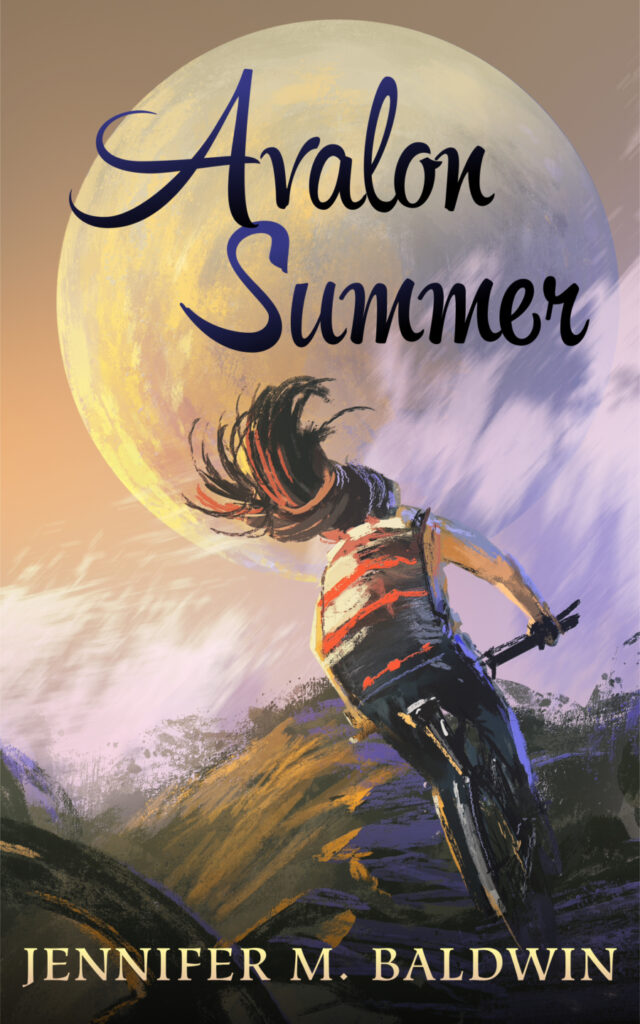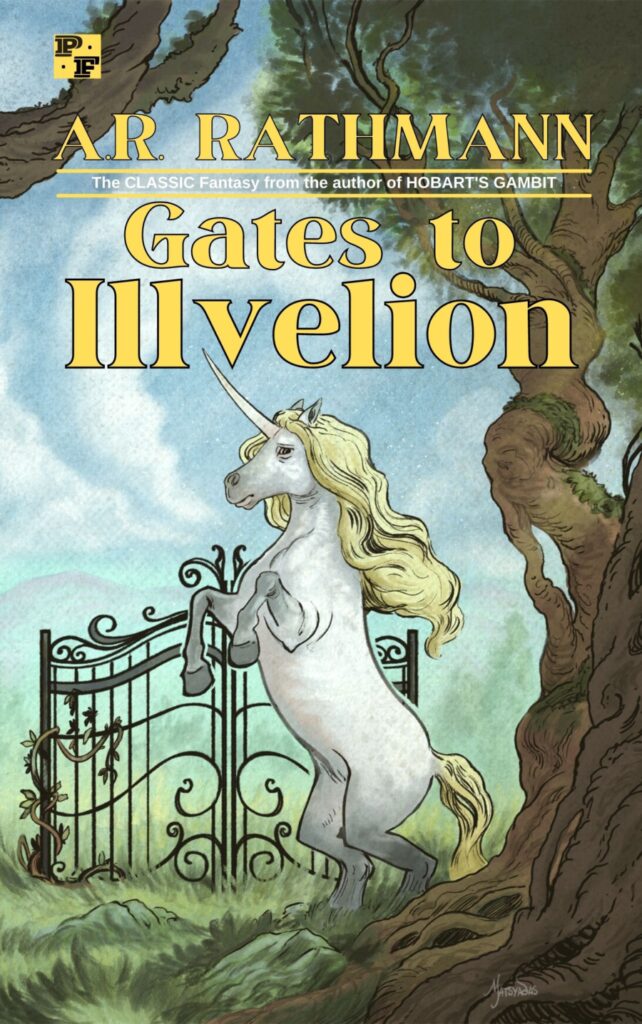“Listen, we all hate reading essays. Nobody likes reading essays. Nobody likes writing essays either.”
This was spoken by an English teacher at a conference I attended earlier this week.
I knew what he meant. I think we all knew what he meant. I’m not trying to be obtuse by ignoring the context of his statement. But when he expressed his aversion to both reading and writing essays, I couldn’t help but shake my head.
Yes, I know he was talking about student essays (as far as the reading part goes), and he was primarily talking about the literary analysis-type essay. And I know that as far as the writing of essays comment, he was also talking about the essays he probably wrote in school, i.e.: the literary analysis-type essays.
Again, I’m not trying to be obtuse.
But behind the context, I think this teacher was expressing something all-too-common in our world, so utterly shaped by formal education as it is, and that is the idea that essays — both as a genre of writing and a genre of reading — are boring.
And yet, I read essays nearly every day — not student essays — and I read them for fun, of my own volition. And also, if that weren’t enough, I also write essays many times a week. I may call them “blog posts” or whatever, but they are nevertheless essays. They are non-fiction works of prose exploring an idea or topic. This, right here, that you are reading, is an essay!
Teachers and schools are the main culprits in this slandering of the essay. We’ve set up school and the way we teach writing to utterly suck all joy out of writing essays. And we hardly ever give students fun essays to READ (meaning essays with voice and opinion and about interesting topics), and even when we do occasionally give them such essays, we don’t encourage them to write something similar with just as much voice and opinion and interest. The best we do is give them the personal narrative essay assignment, but often enough, we don’t show them any personal narrative essays that are fun to read. If students are lucky, they’ll get to read some in an AP Lang class, but most students, unfortunately, do not take that class.
So they (and their teachers) are stuck with this notion that an essay must be this planned-out thing, with five paragraphs, intro/body/conclusion, all life and interest sucked out of it, and not worth anyone’s time.
I’m guilty of it too. Partly because the expectation from both parents and students is that “real” writing is learning how to write literary analysis; the only writing that matters is the kind of writing that college professors in the humanities will ask of students. But even college professors in the humanities don’t necessarily want these kinds of essays! But parents and students think they do.
And even more than that, the literary analysis essay can, in fact, be a wonderful thing to both write and read, once the writer lets go of this notion that it is a drudge, and the reader actually reads one worth reading.
Some of the most fun I’ve ever had in my reading experience has been reading essays by folks like Susan Sontag or Roger Ebert or Joan Didion or David Foster Wallace. Whip-smart people with idiosyncratic opinions who can write in inimitable voices: What’s not to like?
My students are always astounded when we read some crazy essay from the pages of The Best Non-Required Reading series, and I point out that, yes, that thing you just read is an ESSAY. That brilliant piece of writing about Tonya and Nancy is an ESSAY. Essays are fun to read. They can be incredibly fun to write if you push aside the notion that they are some sort of school exercise but are instead the way people communicate their ideas, knowledge, and opinions to others through writing.
Half the stuff we watch on Youtube are “essays.” People talking to the camera their thoughts and opinions about a topic. If you were to take the spoken words and put them on paper, you’d pretty much have an essay. And there is absolutely nothing about the essay as a form that says you have to be objective or remove all personal voice or treat it like a lab report. Some essays might need to be written like that, but surely not all. The essay is one of the most flexible and versatile of non-fiction genres there are. To reject the essay is to say, “I don’t like reading about other people’s ideas or opinions.” What kind of dull, incurious person would you be if you said that?
Anyway, I’m still annoyed with this idea that essays are “boring.” And if we all know the type of essays that get assigned in school are boring to write and read, then why on earth do we keep assigning them? Why do we keep approaching the art of essay writing as if it’s some bland, cookie-cutter thing?
I’m all for teaching students about how to support their claims with evidence. I’m all for teaching students how to connect their ideas through a line of reasoning. I’m all for teaching students how to write a thesis. But NONE of these things are boring unless the ideas in the essay are boring. So maybe we can also help students realize that they have the power to write about interesting things. We simply have to stop demanding dullness and give them the freedom to write what they want.
Yes, yes, we need that essay on The Great Gatsby because we’re reading Gatsby and how else can we ensure the students read Gatsby unless we make them write an essay about Gatsby?
Okay, fine. Write about Gatsby. I have no issue with an essay about Gatsby. But let the student choose the purpose of the essay. Let them choose the audience and which voice is appropriate for that audience. And then let them write based on those choices.
A persuasive essay to the English teachers of America to stop making kids read The Great Gatsby.
A personal narrative about how you used Sparknotes and other internet sources to skip reading the novel and still fooled your teacher, and how this kind of thing is fairly common (and I bet even your English teacher has done this before in her time as a student), and why reading Sparknotes can be a good thing, actually, because at least you have some cultural knowledge about Gatsby even if you didn’t read it.
A character analysis where you compare Nick Caraway to the month of December. Or Daisy Buchanan to Las Vegas.
A profile on a modern-day Tom Buchanan, some rich asshole who gets away with everything, and in the process of said profile, you indict the entire American obsession with billionaires and the destruction it has wrought.
I don’t know: there are lots of ways to write an essay about Gatsby that aren’t just “What does the green light symbolize?”
Or, you know, don’t write about Gatsby at all and let the students write about something else. If you’re worried that they need to prove their knowledge of Gatsby, give them a test. Don’t slander the essay in your attempts to assess their reading.
And before we even get to these kinds of literary essays, we should be letting students experience the fun of writing about things that interest them, things they have opinions about, so they can learn that essays are not boring. We should encourage them to write with more voice and personality first before we show them how to tweak that voice to fit the purpose and audience of something intended to be more “academic.” The academic essay is only one type. Let’s get them comfortable with the others first before we move into the headier and more challenging ones.
Let them love essays the same way they might love writing stories or poems. Then they might come to love the literary analysis too. Tell them they’re writing the script for a Youtube video analyzing some random Easter egg in their favorite TV series. After they do it, tell them they wrote an analytical essay. Or have them write an essay analyzing the lyrics of one of their favorite songs. Then tell them that’s the same thing others do when they write about books or poems. That this writing is what we call “literary analysis.” But give them choice. Let them write from their interests. Let them see that the “essay” does not have to follow some made-up “format,” and that it doesn’t have to “be” any certain length. Let both the students and their essays be free from all this useless baggage.
I only learned this when I started blogging. I had kind of learned it in my own AP Lang class as a student, and thankfully it stuck with me through college and adulthood, where I learned that I could write college essays about things that interested me and in my own style as long as I was aware of what my professors expected and didn’t veer too off-course.
But once I started my own blog and wrote about topics that interested me in whichever way I pleased, that’s when I really began to see that essay writing was so much more than academic writing. The lessons of my AP Lang class resurfaced and I saw that this was “real-world” writing. I could do this for an audience. I could do it for money. I could do it simply because I had things to say and the essay was my avenue for saying them. And people — people I had never met before in my life — would read them. For fun.
I like essays. I like to read them, and I like to write them. And I feel bad for anyone who hasn’t had such freewheeling pleasures.




